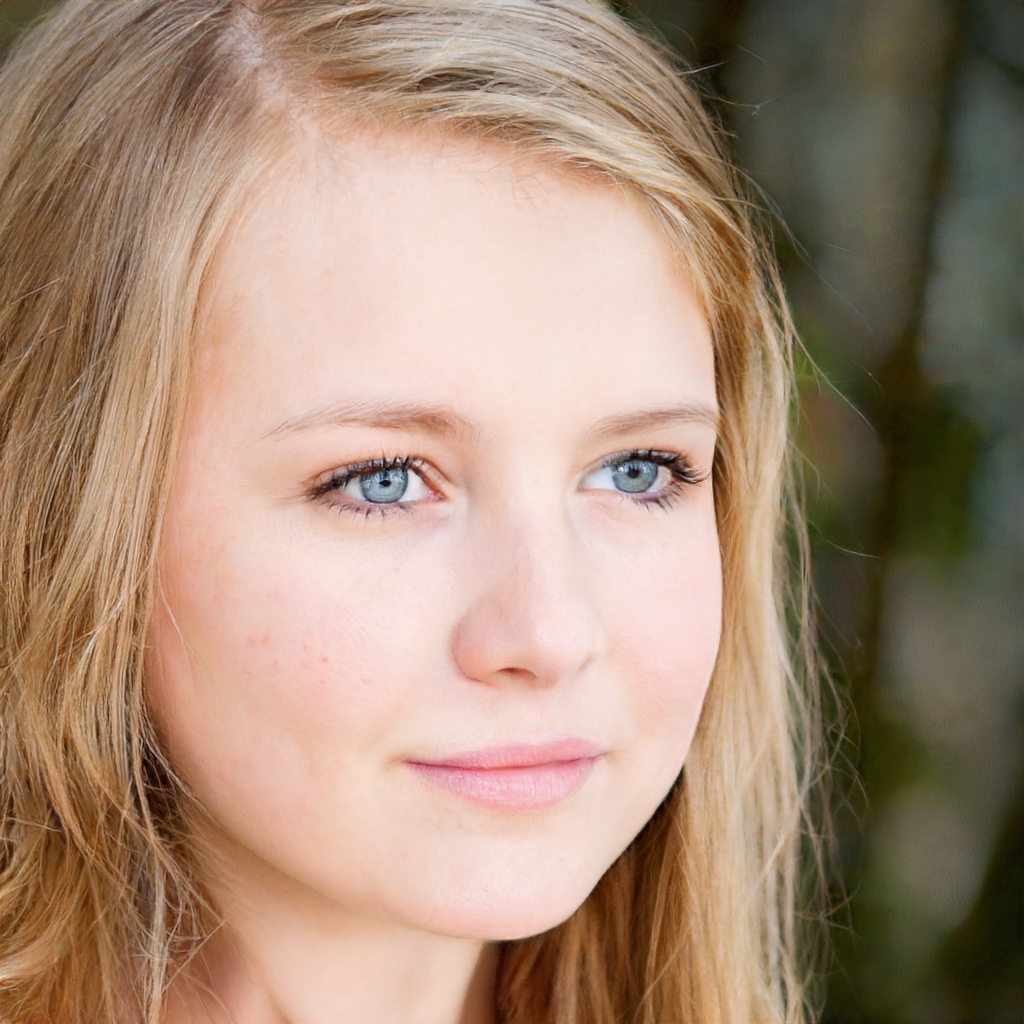Xerography is a dry photocopying technique that was invented by Chester Carlson in 1938. It uses an electrically charged photoconductive surface to attract and transfer toner particles onto paper.
The first commercial xerographic copier was the Xerox 914, which was introduced in 1959. Since then, xerography has become the dominant photocopying technology. Is xerography still used? Xerography is a dry photocopying technique that was invented in 1938. It is still used today, although its use has declined somewhat with the advent of digital photocopiers and scanners.
What are the 5 process of electrophotography?
1. The first process of electrophotography is the charging of the photoconductive drum. This is done by using a high voltage to create an electrostatic field on the drum's surface.
2. The second process is the exposure of the drum to light. This is done by using a light source to expose the drum to a negative or positive image.
3. The third process is the development of the image. This is done by using a developer solution to deposit toner onto the charged areas of the drum.
4. The fourth process is the transfer of the image. This is done by using a high voltage to transfer the image from the drum to a piece of paper or other substrate.
5. The fifth and final process is the fusing of the image. This is done by using heat to fuse the toner onto the substrate. What is xerography machine? A xerography machine is a device that uses static electricity to transfer an image onto paper. Who has invented xerography? The xerography process was invented by Chester Carlson in 1938.
What is electrophotography process?
The electrophotographic process, also known as xerography, is a photocopying technique that uses an electrostatic charge to transfer an image onto paper. The first step is to charge a photoconductive drum or plate with a high voltage. This creates an electrostatic field on the surface of the drum. Next, the drum is exposed to light, which selectively discharges the areas that are exposed to light. Finally, the drum is brought into contact with a sheet of paper, which picks up the discharged areas of the drum, resulting in a copy of the original image.
